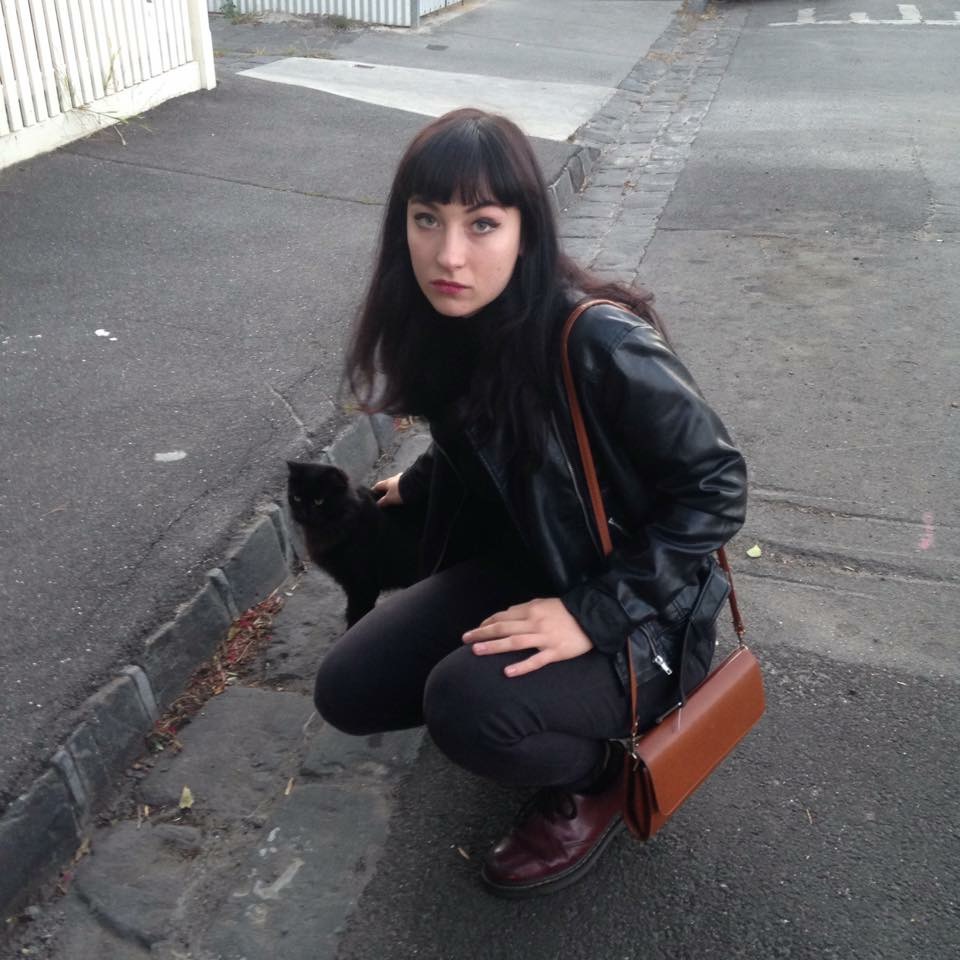With my final assignment submitted and as we make preparations for the Media Festival, it’s time I begin my final reflection on what I’ve learnt, unlearnt and discovered in Picture This.
My final assignment has more depth than all my previous scripts combined. I look back at the script I wrote of the two girls at the bus stop, which I’ve used as a guinea pig to apply writing techniques unto. There’s more colour, vibrancy and most importantly clarity in the revised versions. The smallest action can be thought out in great detail making it so much easier and exciting to adapt onto screen. I dwelled on the functionality of a screenplay before this class; it served only as a shot list, stage placement and a reminder of dialogue. Screenwriting didn’t excite me the way I knew it should.
What excited me about this class however was the freedom to play with the constraints of the format. I’ve enjoyed subverting the ‘old stuffy screenwriting rules’ (to quote Stayci), and enjoyed utilising techniques that make a screenplay stand out. In my final script which I’ve titled ‘Sidewalk’, I begin by writing the big print in a tone which denotes the genre of the screenplay. I’ve attempted to use this technique in the opening scene of the script, involving the line;
The girls share the camaraderie known only by workers engaged in mutual suffering.
This isn’t inherently a visual statement, yet it lets the reader know that this statement ins an experience of the writer, and that for anyone who works, they can relate to this particular kind of working relationship which is so important to the end of the script. The reader needs to understand the stakes between the characters – this is not just a co-worker but a close friend.
I’ve also tried to experiment with writing shifts in perspectives within the big print. I only wanted to do this once in the screenplay as it not only shifts what the reader focuses on but also brings an air of vulnerability to the subject. An example:
Three figures lean against the entrance of the tunnel, talking, smoking, just out of her focus. They notice the girl in the red uniform making their way towards them, and stand to face her.
This line tries to isolate Clementine, to make her feel smaller than the figures. From being guided by her perspective the entire time the shift is jarring and I hope it builds the intensity of this moment.
I’m quite pleased with my final submission – I wanted to begging this class by being able to write with a prompt, by creating constraints I could work under to guide me to a topic. I’m happy to see that I’ve been able to write with focus but also be able to subvert the writing constraints I originally sought out.



